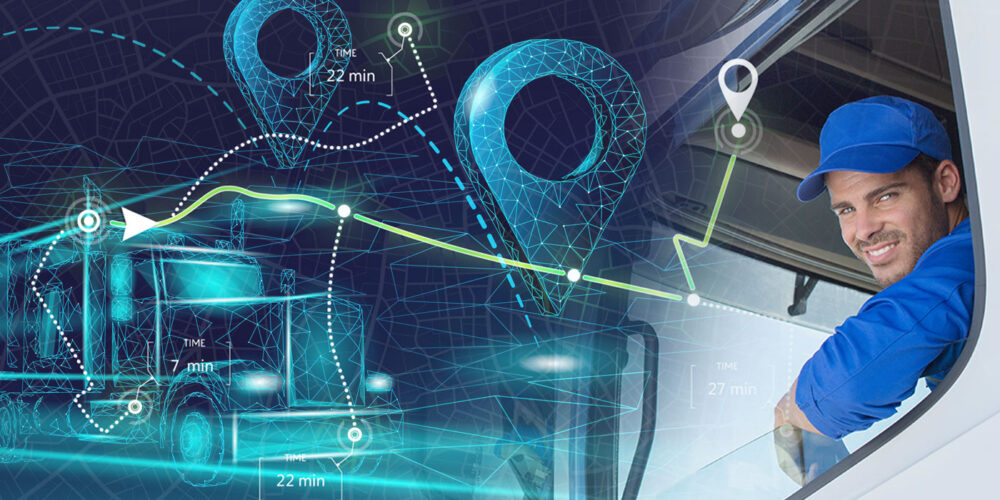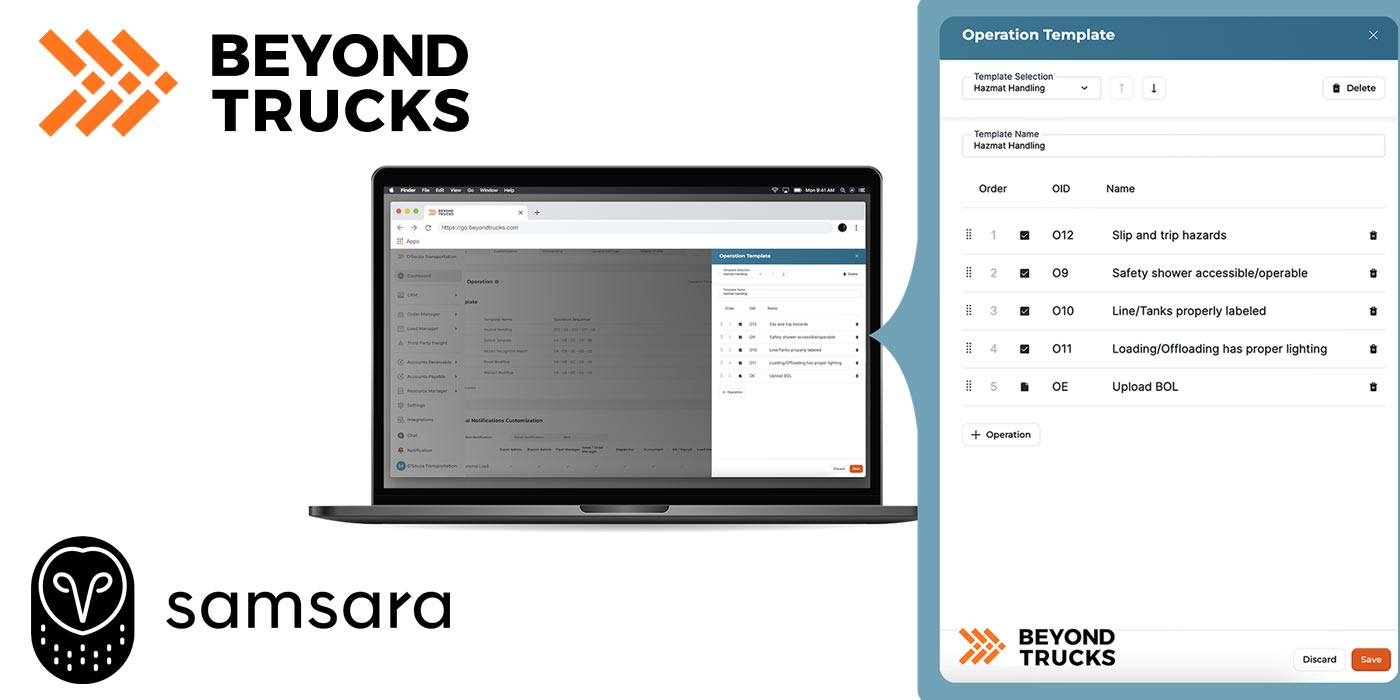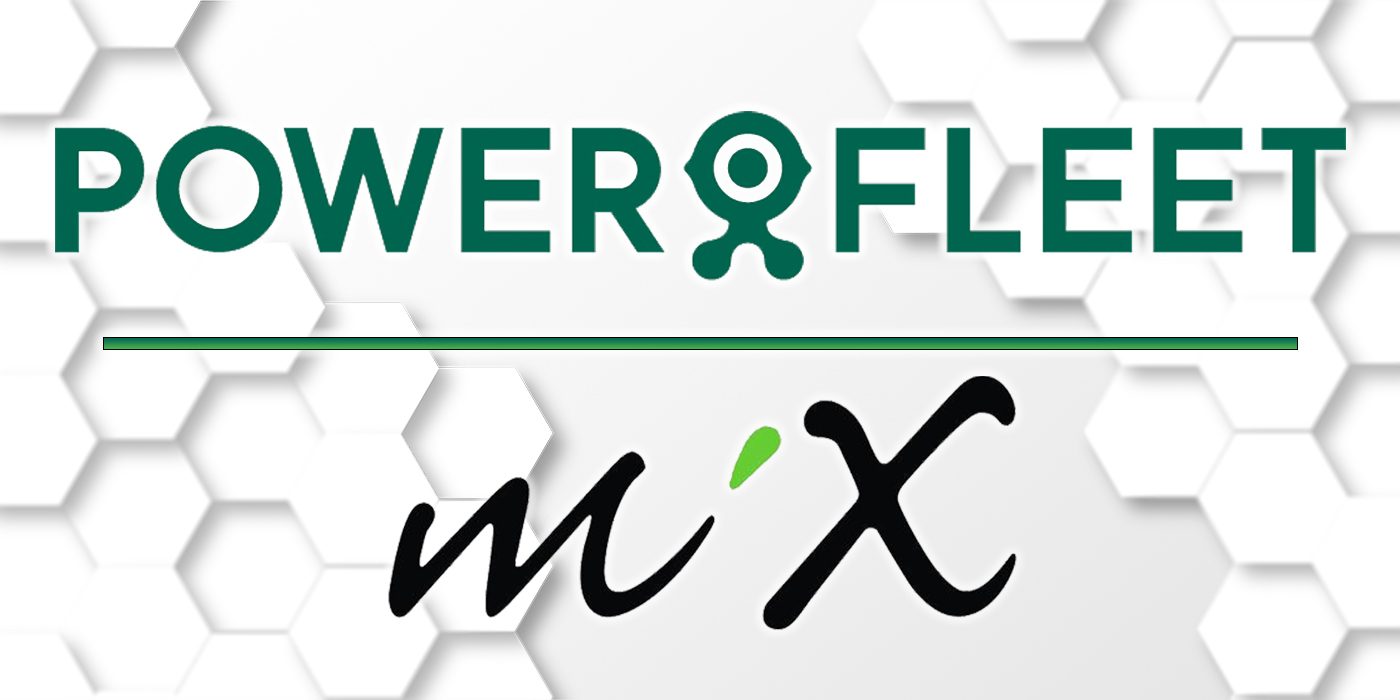Pride. Preconceptions of the way things should be. Change that brings temporary discomfort. These are all great excuses for why the latest truck technology won’t work. If we give into those excuses then the technology won’t work, and we will be right, but at the cost of improving our equipment management, our efficiency and even the quality of work life for drivers. Instead of being right, what if we were just better? What if we stopped pushing against truck technology and started looking at it for what it is–a tool that, when used correctly, could make everyone’s lives easier.
“You have legacy transportation companies that are trying to do right by their drivers, and the thought process there is ‘how can I make your life more flexible? How can I give you improved tools so that you can do your job more efficiently?’” noted Dwayne Lazarre, director of strategic accounts, Trimble.
It’s a big question with a lot of possibilities, so let’s look at a specific use case that can make an immediate impact on both fleet managers’ and drivers’ lives, and even ROI: navigation.
Sure, the hand-held computers we call “phones” have navigation apps that are approachable and reliant, but they’re not intended for 80,000-lb. trucks that are twice as tall and more than three times as long as the chonkiest SUV. The last thing a driver or fleet manager wants is to lose the top of a trailer to a low bridge all because the navigation app said the truck was on the “fastest route.”
“It’s not a problem until it is,” Lazarre agreed. “We know that the majority of fleets are pushing safety over everything else–driver safety is first, the life of the drivers first–and then let’s worry about all the additional metrics to see how they stack up in the boardroom and where we get our ROI.”
Focusing on driver and equipment safety also brings tremendous ROI. You can track a reduction in equipment damage and reduced accidents when pairing the likes of proper truck-centric navigation with additional truck safety technology like advanced driver assistance systems (ADAS). Providing said navigation can be tricky. Trucks come in various sizes and run a multitude of routes. Lazarre put truck navigation development difficulty into perspective.
“The straight answer is it’s a huge lift and it’s a grind,” he laughed, “but it’s the secret sauce that is how we stand out from the competition.”
He went on to explain that the navigation in Trimble CoPilot, a system that delivers non-distracting visual and audible safety alerts to drivers, has numerous layers to ensure that the route meets the truck type and size, and is also appropriate for the time of day due to traffic patterns or other variables that might slow a truck down.
“Then let’s add in the nuance of: ‘What type of vehicle are you? Are you a straight truck, are you running Rocky Mountain pups? What are you doing?’” Lazarre asked. “The added complexity is not only what the truck and driver are doing, but also what does the fleet want the driver to do?”
“There are all of these different metrics and then ultimately what it comes down to is we put you into categories: If you are this type of vehicle, you’re this high, this heavy, this wide, this many axles, we want you to take this preferred route.”
That’s the Easy Button version. Fleets that want more specific navigation have the ability to build vehicle profiles for specific routing options.
“Once we have those profiles built, they can either be sent down to the drivers automatically, depending on your workflow integration, so the driver doesn’t have to worry about it or, for the fleet that wants a more manual process, we’ll just simply build three profiles for you,” Lazarre said. “We’ll help you do all this in the back office so when the driver hops in, if they’re in one cab for this load and then they unhook and then hook up a different type of trailer, they can select the alternate profile that matches what they’re hauling.”
Safety first, but ROI next
If proper navigation eases the routing challenges and wins the hearts of fleet managers and truck drivers, then the measurable data and increased visibility can win the minds of the entire organization.
“If you want to know if a driver’s out of route by one 10th of a mile, we got you. You want to know if a driver at the end of his trip has gone 300 miles out of route, we got you. If the driver’s getting off at the wrong exit, we got you,” Lazarre said. “We can give you all of these different data points; this is how we’re creating an ROI for the business.”
It means putting relevant data in front of the people who need it, when and where they need it. If dispatch needs wrong exit notifications, they get them. Fleet managers need mileage details, they get it. A driver needs to know that the traffic up ahead will slow them down and there’s another route available, they get it. It opens up visibility into daily operations so that fleet managers, dispatchers and drivers can make well-informed decisions. It’s a window into how the trucks truly run, and that concerns everyone in the fleet.
“We have to win multiple battles in order for this technology to be a success, but if we don’t win or we’re not as successful at winning the driver battle, then everything else is a moot point,” Lazarre said, “because now you have a fleet that invested money in technology–be it a workflow product, navigation, or something as simple as just a mileage calculation–but utilization is low because there’s no buy-in from the driver community.
“When utilization is low, drivers complain to their manager, who has to roll that up to the executive team, and then that team asks: ‘Why did we invest in this if nobody wants to use it?’ We have to check those boxes along the way.”
Frankly, so do you. Failure of truck technology is everyone’s fault. There’s no pointing fingers or saying “I told you so” because that’s a symptom of the problem. The reality is that technology, as a tool, should help get the work done easier and faster. A nail gun is only more effective than a hammer when the right people know how it works, are open to using it, and understand where the nails need to go. Same with technology and the solutions and data it generates.













